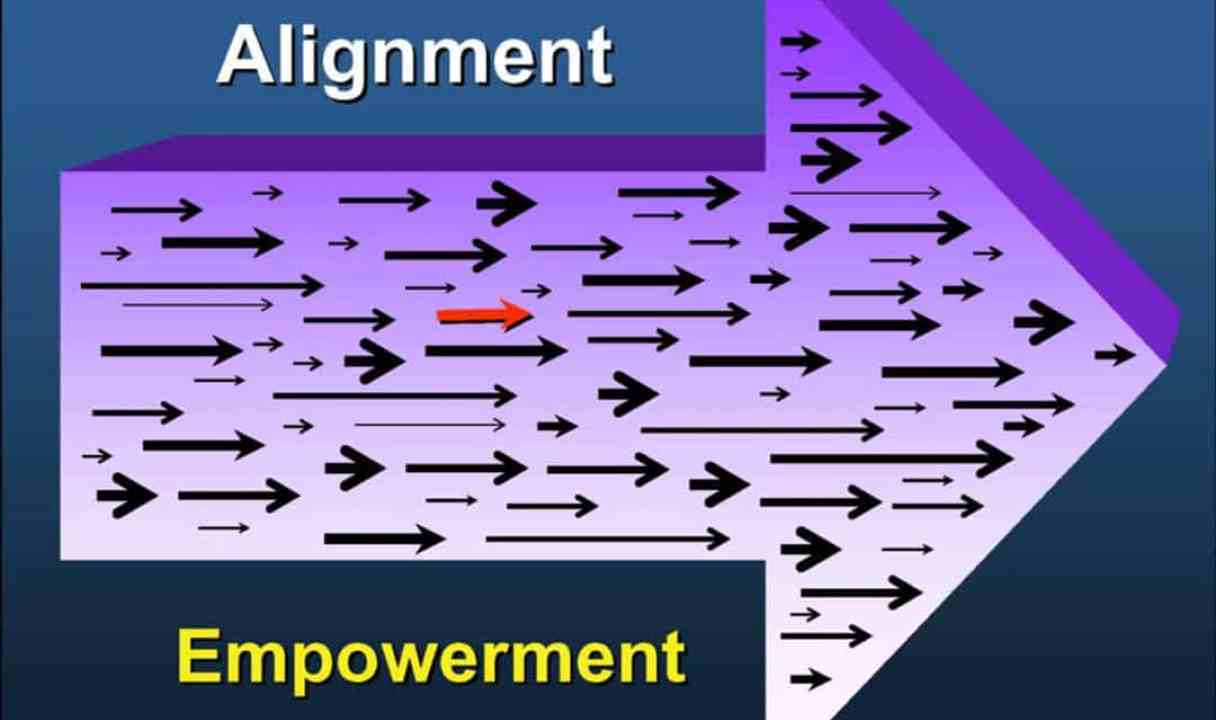
VISUALITY ALIGNS THE CULTURE
Thinking about company conversions merely in terms of increased production and profits is not just limited; it is useless. Company conversion requires a change that changes everything.
The visual workplace must also be about culture, because when we implement workplace visuality, we liberate information in the process. We free vital information that was formerly imprisoned in the binders, reports, books, computer files, and data systems of the company—and in the hearts and minds of that company’s information specialists, managers, supervisors, engineers and technicians, and line employees as well.
We do this by converting that information into a visible, at-a-glance format for all who need it to access and use. Then—and only then—we can know simply by looking, we can tell merely by looking. And we are free.
Information is power. More than ever before, when we work in a fully-functioning visual workplace, we understand that. Go to work everyday in a visual work environment and you cannot help but feel powerful. The information empowers us. We become powerful. When we liberate information, we liberate the human will.
Does this relate to a company’s culture? The answer is unequivocally yes. When you have the words “information” and “power” in the same sentence, you cannot avoid talking about culture. Culture structures our beliefs and values about two things: power and identity. More specifically, culture reflects how power is used and distributed, and who you think you are and who you think the other person (any other person) is.
In their totality, the technologies of the visual workplace represent over a dozen discrete methods and tools for reducing motion and increasing the visual competency of an organization. Implementing these technologies improves virtually every performance function in the enterprise. Indeed, the continuum of tools contained in these technologies can (and should) be implemented across the company, in all functions, in all departments, in all areas. Once that is firmly in place, move to your sister companies and down your supplier chain.
The new enterprise is an inclusionary entity. It is holistic. As such, it functions on multiple levels, not just meeting the company’s daily production goals but also addressing its need for clarity, imagination, community, and alignment.
We are on a tremendously accelerated and accelerating journey to a transformation that we can hardly imagine. There is no way to draw the line from where we are now to our future. While there will certainly be familiar signposts, there will also be much that startles and even confounds.
If you haven’t noticed it by now, we are in a revolution, not just in manufacturing, not just in offices, not just in hospitals, and not just in the USA. This revolution is taking place in every aspect of lives and livelihood on this planet. It is a revolution of consciousness—and no industry, no country, no company and no person is exempt.



